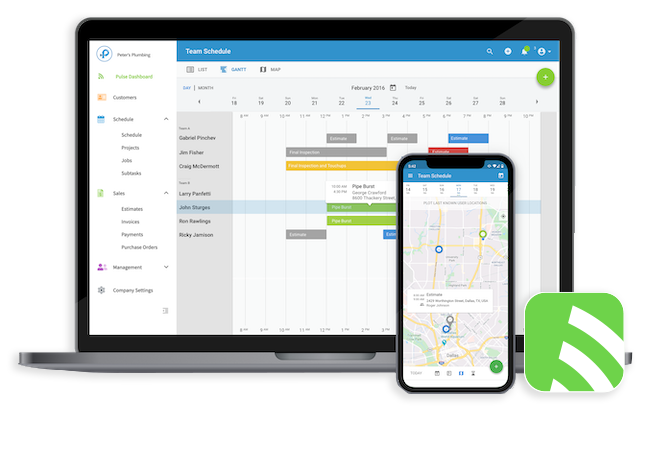Next, you’ll want to provide employees with new hire essentials including their… Uniform and Name Tag Safety Gear Tools and Equipment Building Access Card/Key Vehicle Key Passcodes, Alarm Codes Login credentials for email and field service software. Company devices, like phones, computers, or tablets A copy of the employee handbook and and training guides Some companies even take this a step further by including thoughtful, customized items like a handwritten welcome letter from the owner, branded merchandise like water bottles and coffee mugs, and/or a thoughtful gift like snacks for the road, a bluetooth headset for driving, or even a gift card.
When developing a new hire training program, you first want to establish what new hires need to know in order to do their job effectively. Jot down a list of all the tasks someone in this position would need to complete in a given week, then break those tasks down into subtasks. If you have other employees or know other people in your industry, don’t be afraid to consult them on what should be included in training.
Now that you’ve established what training your new hire needs to be successful, you have to decide how to divide the information up in a way that’s easily digestible so you don’t overwhelm employees. Create a schedule with blocks of time set aside for each task, clear goals, ways to assess employees’ process, and frequent check-ins. Most new hires have a hard time voicing when they feel unsure about a task they need to complete, so setting aside scheduled time for questions before, during, and after training is a good way to keep a clear line of communication open.
Not everyone learns the same way. So, it’s important to adjust training to fit new hires’ specific learning styles and experience. Some employees come in itching to work, confident in their ability, or learn best by doing and asking questions as they run into issues. So, start by giving these employees small tasks they can work their way up from, clear points of contact, and by making training more interactive.
Others might not be comfortable with just jumping in and want to sit back and take in the information before getting started. For these employees, give them time to read over training documents or allow them to shadow employees and contribute as they gain confidence.
For both styles, try to provide detailed training materials with visuals they can consult along the way. Even if an employee is more hands-on, giving them the tools they need gives them more flexibility to work issues out on their own instead of waiting around for another employee to free up to help them.
Schedule time between your new hire and all relevant employees for a training session. In addition to being a great way to get employees acquainted, each employee can offer their unique perspective and advice giving your new hire a more holistic view of your company and their role in it.
Even if employees have a knack for specific parts of their job and don’t seem to need guidance, it’s always beneficial to still go over best practices with them. For example, even if an employee is tech-savvy and has used field service management software before, it doesn’t mean they’ll know all the shortcuts and ways your company specifically uses the app when learning a new program.
Instead of calling it a day once the training is done, go a step further and create test scenarios for your employees to roleplay. This will help them to understand how to properly implement your new practices, policies, or software when the time comes to interact with a customer.
Soon, you’ll be ready to let employees loose on their own and can start setting performance goals.
Onboarding can seem overwhelming but with the right tools and processes, you’ll be able to streamline it in no time and reap the rewards of a thorough training process.
